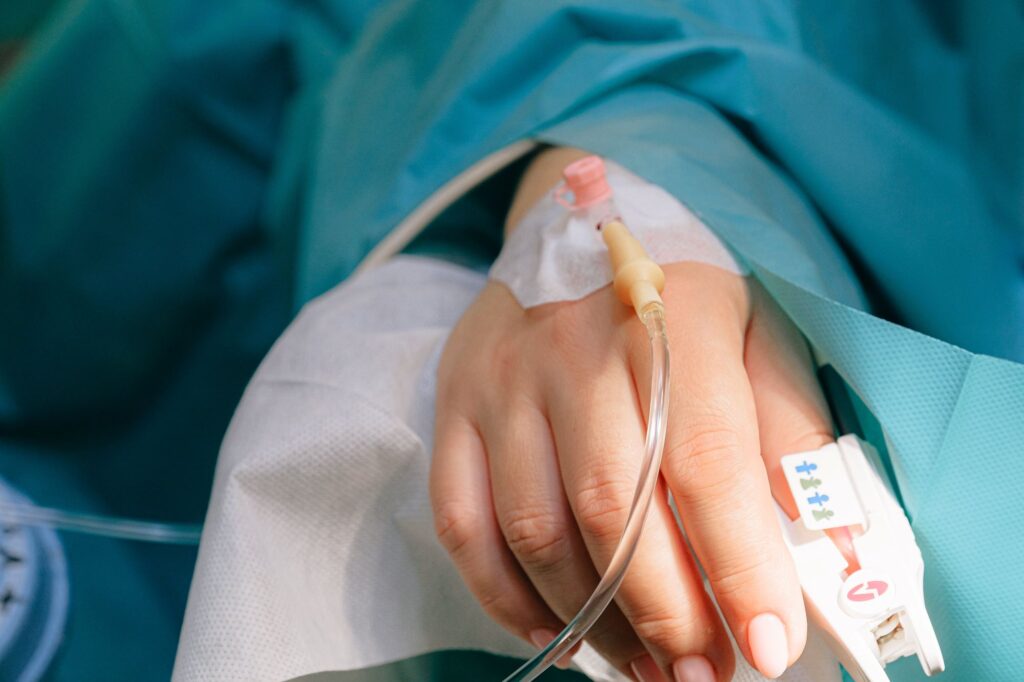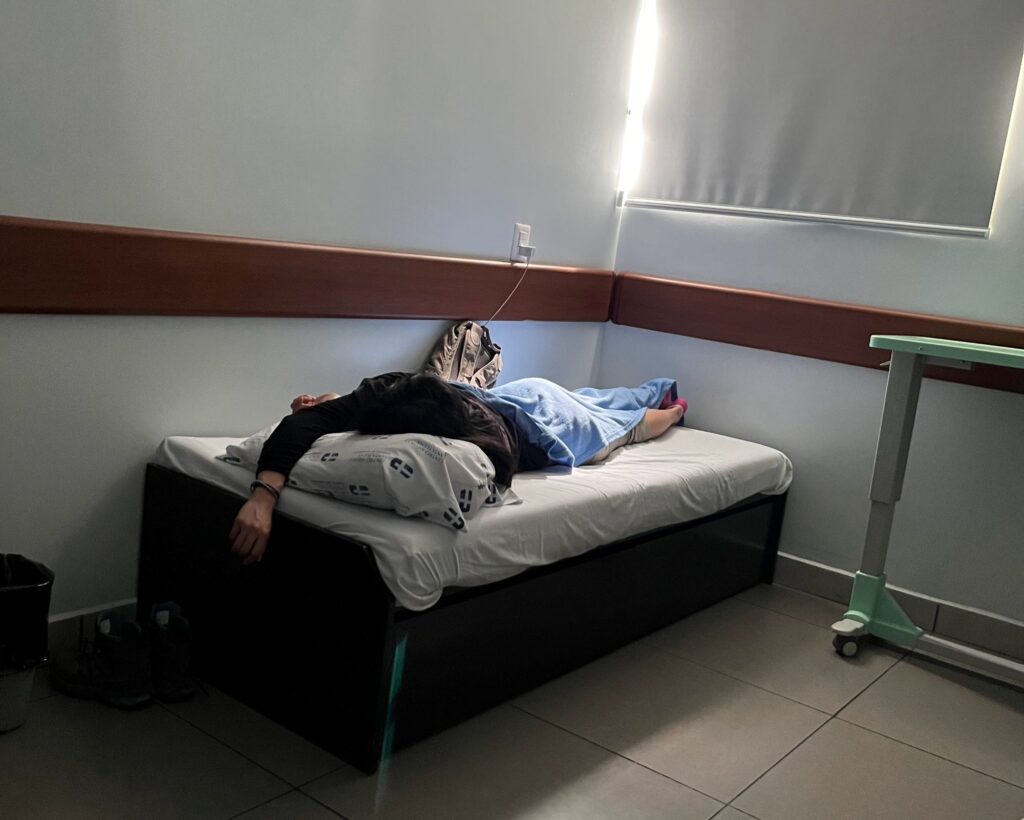During my recent trip to Central America, I encountered an interesting situation with emergency care in El Salvador. My daughter and I kicked off our two-week journey in San Salvador to meet a friend I had connected with through work. As expected, she and her boyfriend were kind and welcoming.
After a weekend of fun exploration with them, my daughter and I embarked on a hiking tour to Volcan de Santa Ana, the country’s tallest volcano. Organized through Viator, the shuttle collected us in the morning amidst dense traffic, with the journey expected to last an hour and a half.

Sitting in the back of the bus, the constant stop-and-go motion made me sick halfway through our journey. Despite the motion sickness, I made it to the volcano and felt much better during the hike. However, on the return trip, even though I was sitting in the front, I got motion sickness again, this time severely.
Barely making it back to our Airbnb, I experienced intense symptoms, feeling dizzy and vomiting. At home, I would usually tough it out and get better by resting, but with an upcoming flight in less than two days, I grew concerned.
Desperate for relief, I called my friend, who brought me some medication. Unfortunately, even after taking it, I felt weak and nauseated. Following her recommendation, we decided to head to the emergency care in El Salvador.
Emergency Care in El Salvador: A Surprising Encounter

Upon arriving at the hospital, my friend helped me check-in due to my limited Spanish. I found the emergency center clean and well-organized, which pleasantly surprised me. Unlike the long waits typical in the United States, I was admitted to a room within 10 to 15 minutes. They promptly started an IV and conducted blood work as the doctor entered to review the results. Despite my aversion to hospitals and medications, I felt desperate to recover, fearing it would spoil our vacation in another country.
Initially, I expected a quick treatment and discharge with some medication. However, to my surprise, they informed me that I needed to stay overnight. Worried about potential exorbitant costs, similar to those in the United States, I felt compelled to comply. It dawned on me that traveler’s insurance could have been beneficial in this situation. A valuable lesson learned.
Hospital Experience in El Salvador

My friends stayed until 1 am to ensure I was alright before heading home. My daughter ended up staying the night in my room, which was clean and spacious with an extra bed for a family member. Despite my limited Spanish, the staff was very caring and kind.
In the morning, they brought me breakfast. It pleasantly surprised me with a selection of papaya, watermelon, and banana—exactly what I needed after feeling so unwell. It reminded me of my mother’s hospitalization last year due to pneumonia. Despite being diabetic, her meals consisted of unhealthy options like orange juice with added sugar.

I was even more surprised when I was asked to choose my lunch. Having options was nice, so I selected grilled fish for my daughter and steamed vegetables and rice for myself. Their hospitality pleasantly surprised me, making it an experience that I will never forget.
Insights from Emergency Care in El Salvador
The next morning, the doctor mentioned that I might need to stay another night. I explained my need to fly out the following day due to travel plans. Despite the recommendation to stay longer, the doctor ordered additional blood work to ensure everything was alright before releasing me around noon. Fortunately, the results came back normal, and I was cleared to go home.
The final bill totaled $659.52 which was significantly less than what I had expected. Typically, in the United States, I would have paid three or four times the amount for a similar situation.
I recall when my daughter visited the emergency care for a rash, we received a bill of $1500 even after insurance coverage. When I shared this with my friend, it surprised her. In El Salvador, my bill was considered substantial, especially considering that the average monthly income is around $350. My friend mentioned that the hospital I visited was private. Public hospitals, on the other hand, tend to be more chaotic with longer waits, perhaps similar to the situation in the United States.
Overall, this was my first experience seeking emergency care while traveling. It provided valuable insight into the healthcare system of countries like El Salvador.
Seeking Care Abroad: Reflections and Travel Tips

Being sick away from home was challenging, but reflecting on the experience, it offered insights into how people are cared for in other countries. While I only glimpsed a small part of it, I’m grateful for the assistance provided. I’m also thankful for my friends who came to my rescue during my most vulnerable moments. Their help was invaluable, and I will always cherish their friendship and support.
Check out my post on preventing motion sickness to avoid ending up in emergency room care like I did. Additionally, I highly recommend getting traveler’s insurance because you never know what might happen. For my upcoming trip to Japan, I secured affordable traveler’s insurance through Alliance Travel.














